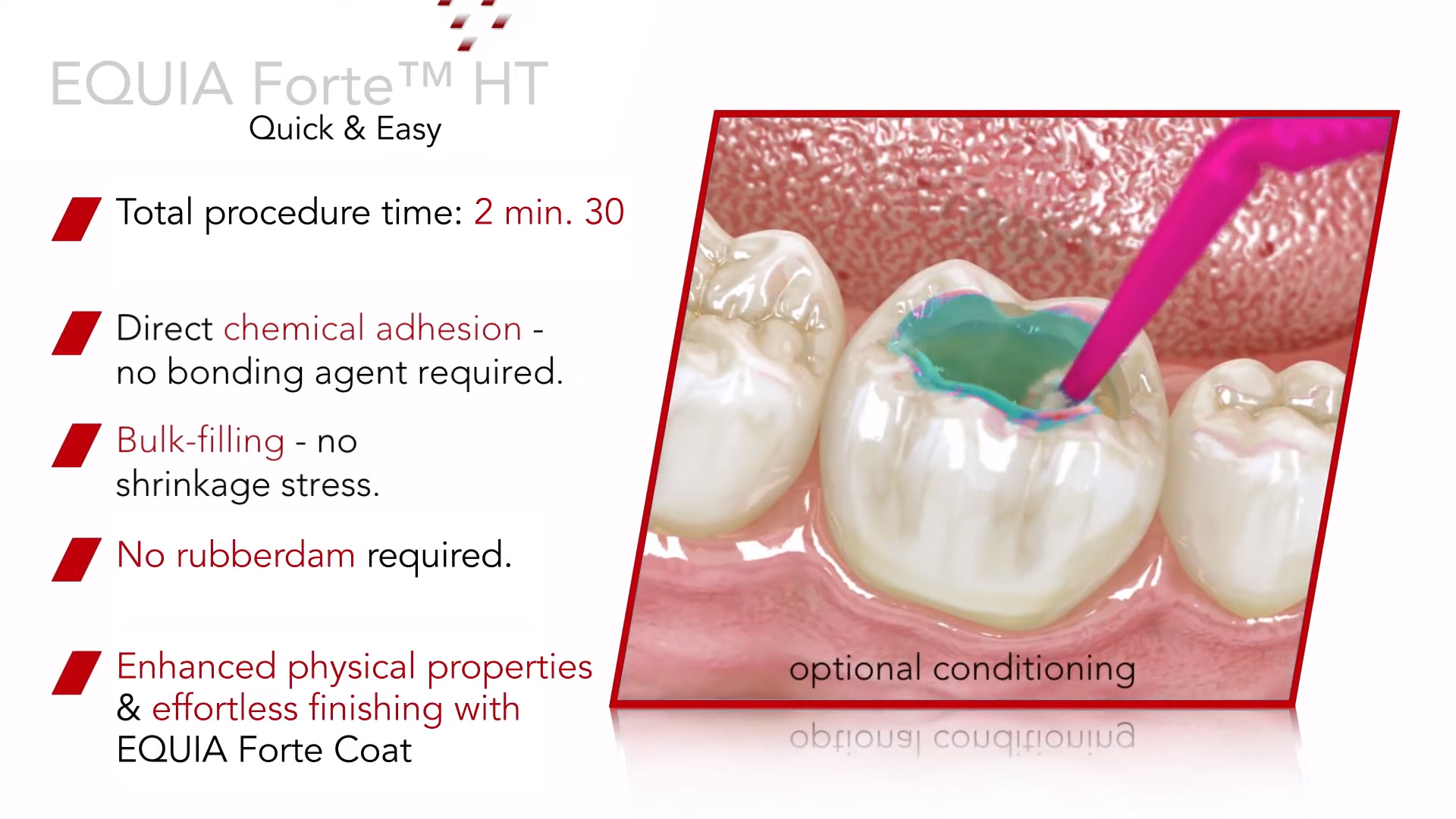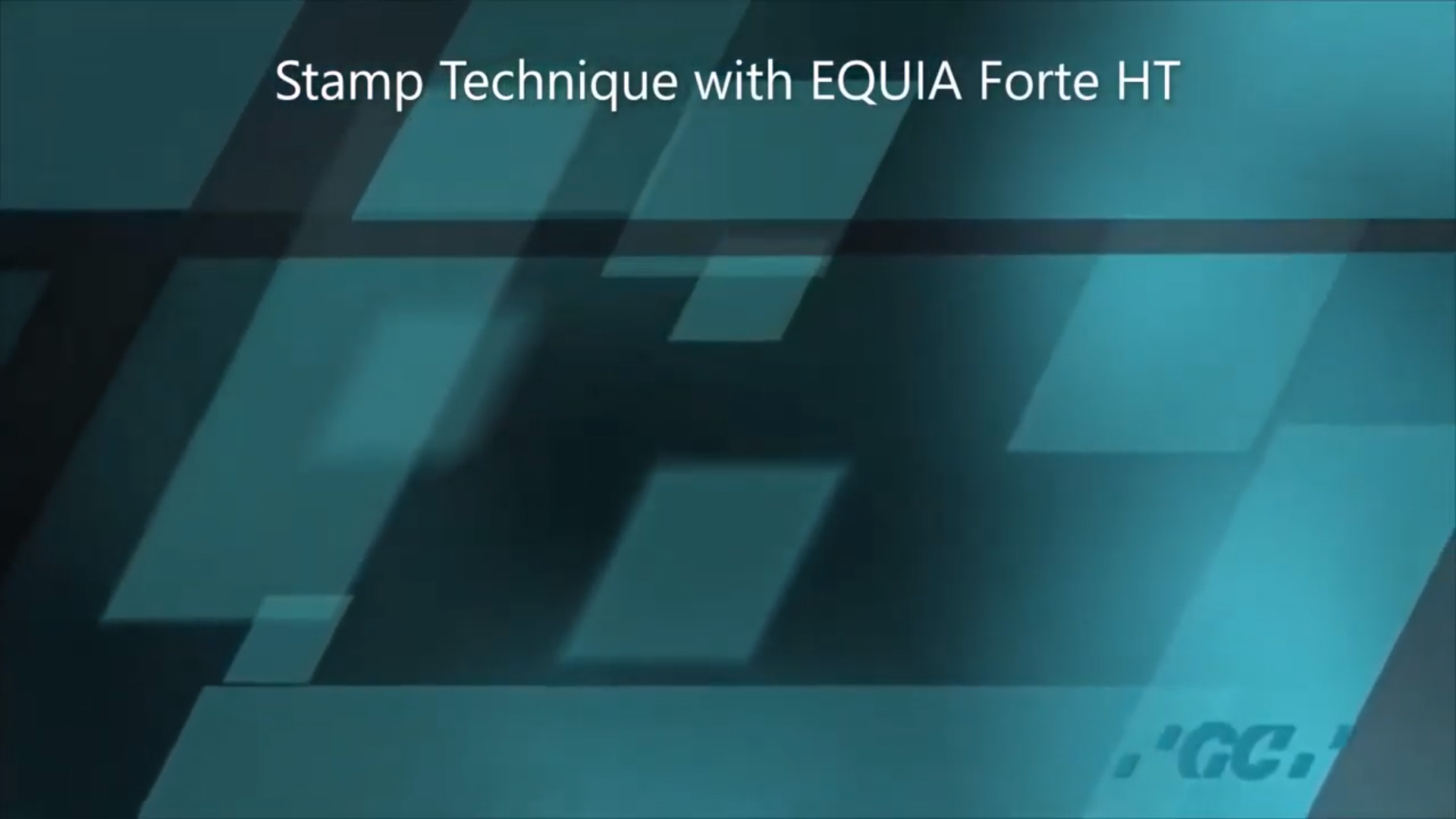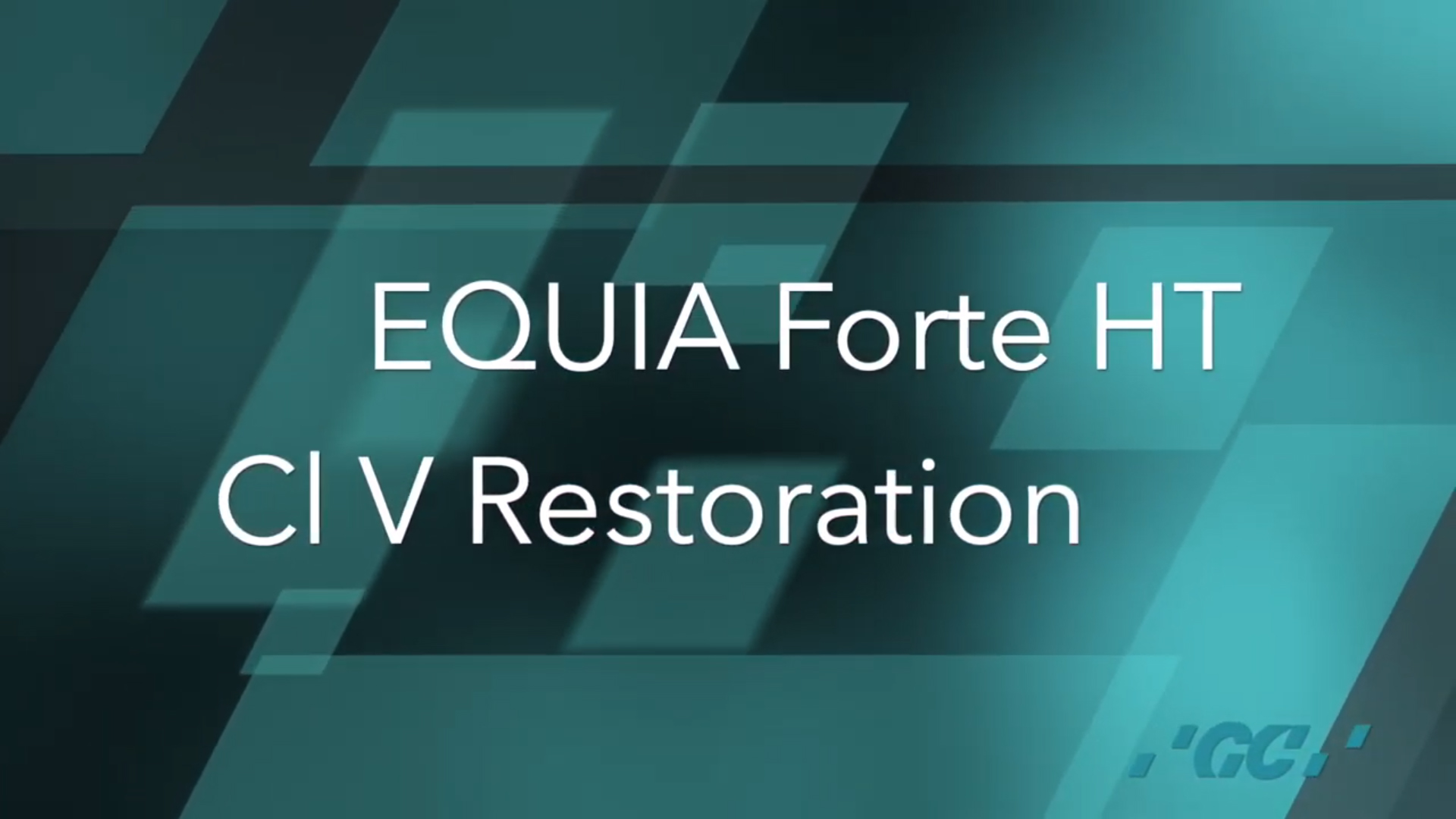Because of EQUIA Forte HT’s strong chemical bond and outstanding wettability there is no need for conditioning, bonding or placing a rubber dam. The bond strength is not compromised, even in the presence of saliva.

Fast
As there is no need to place a rubber dam, no need to layer (EQUIA Forte HT is a true* bulk-fill material) and no need for complex finishing and polishing (thanks to the coating). A finished restoration is already obtained in 3.5 minutes.
*EQUIA Forte HT has negligible shrinkage stress and unlimited depth of cure

Easy
The 5-step procedure of preparing, bulk filling, finishing, coating and light-curing without adaption of the procedure depending on the age of the teeth (young to sclerotic dentin) cannot be made any easier.

Scientifically proven
Thanks to its unique interaction with the reinforcing coating, EQUIA Forte HT is a reliable long-term restorative system based on 12 years of proven clinical experience with EQUIA *
Cost-effective
In a study involving 180 patients and 360 class II restorations, Glass-hybrids show a higher cost-effectiveness initially and after 3 years compared to Nano-Hybrid Composites.
Because of its ease of use, fast procedure time and self-adhesive capabilities,
EQUIA Forte HT is truly fit for everybody. From children to elderly or high-risk patients.
Videos
Clinical examples
Amalgam replacement
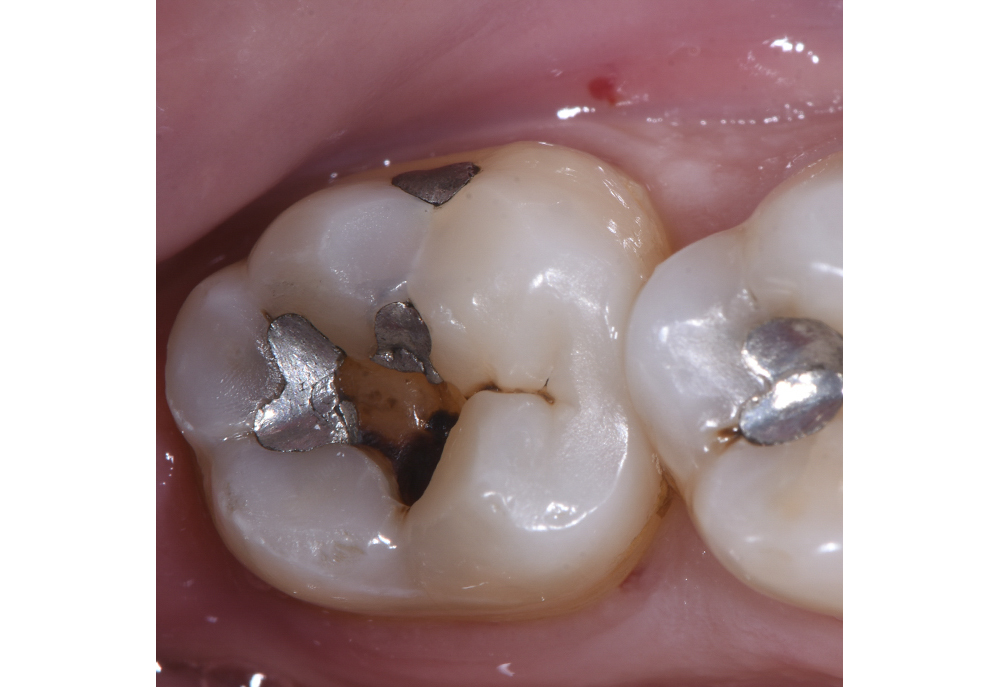
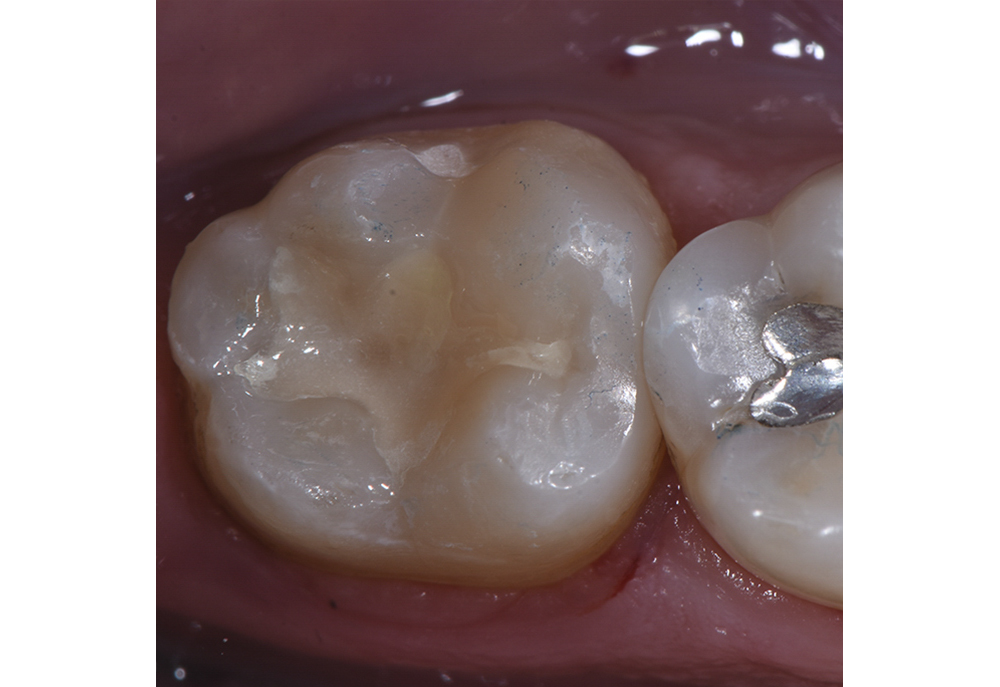
Matteo Basso, Italy
MIH

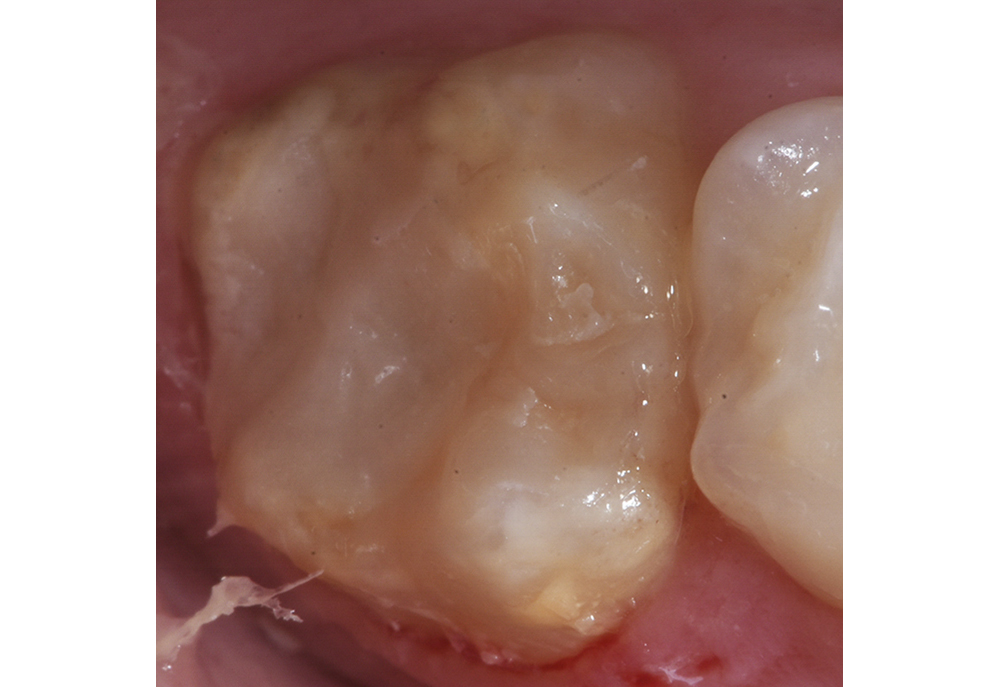
Patrick Rouas, France
Class I, Class II
(stress bearing and non-stress bearing)

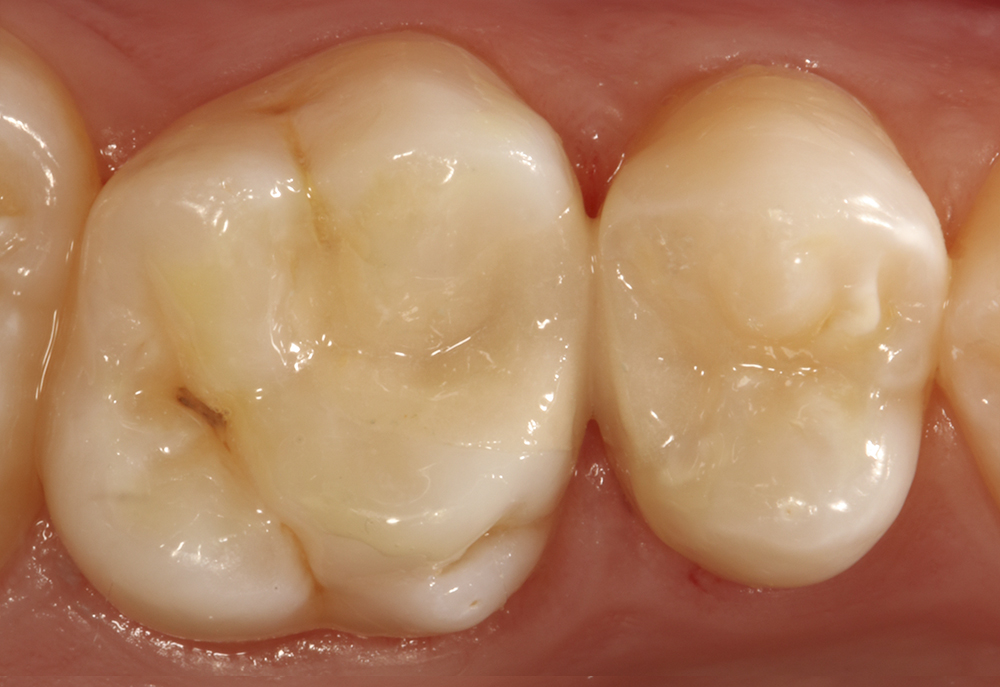
Zeynep Kütük, Turkey
Paedodontic
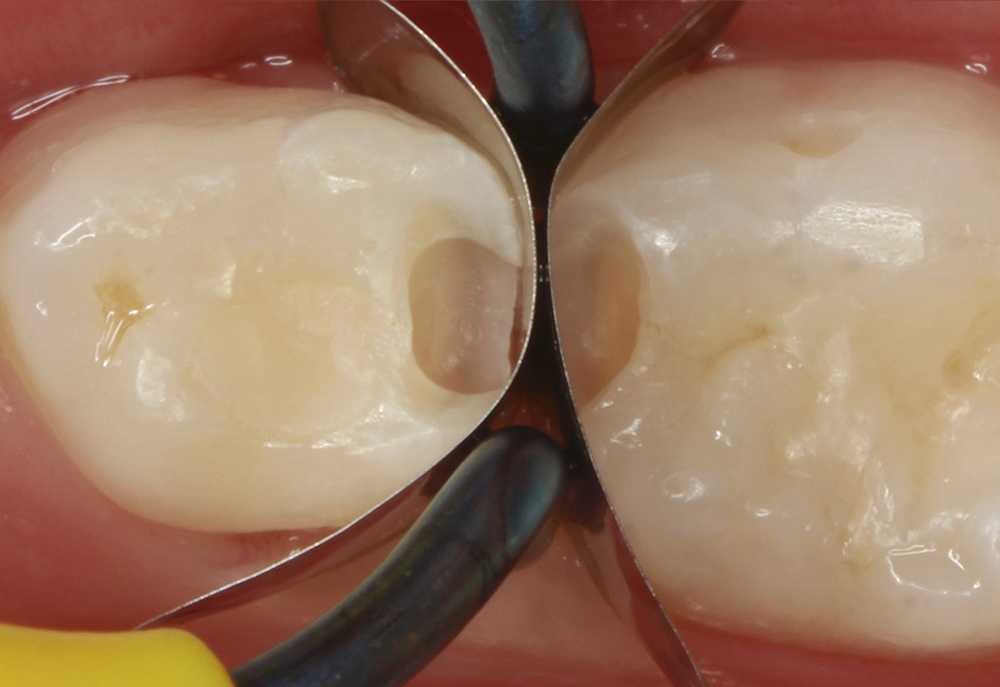

Magda Kurkuba, Poland
Geriatric

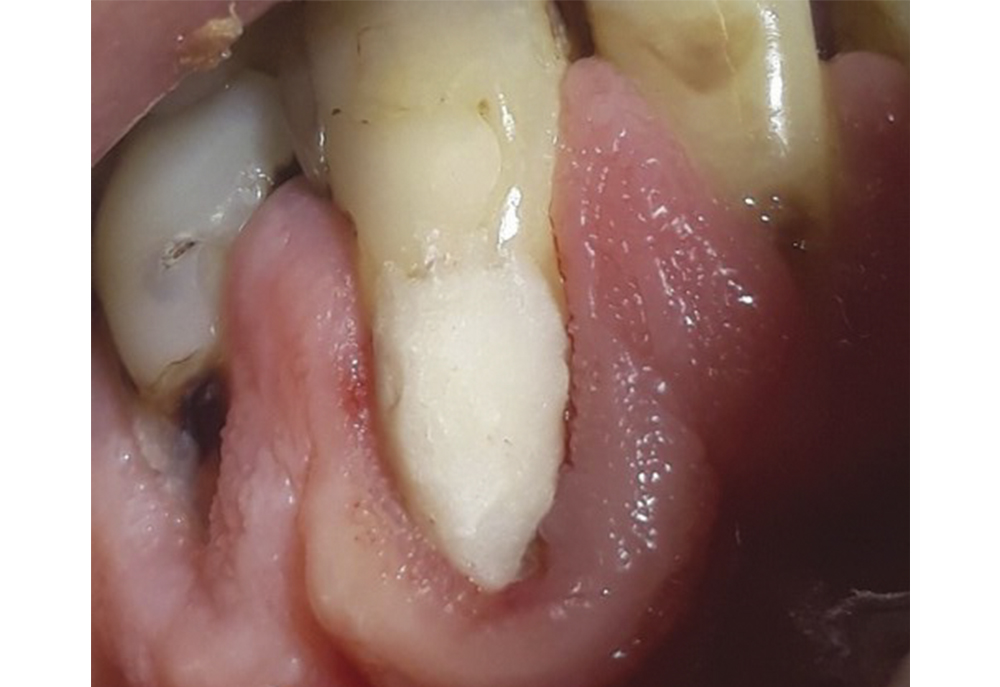
Wim Klüter, Netherlands
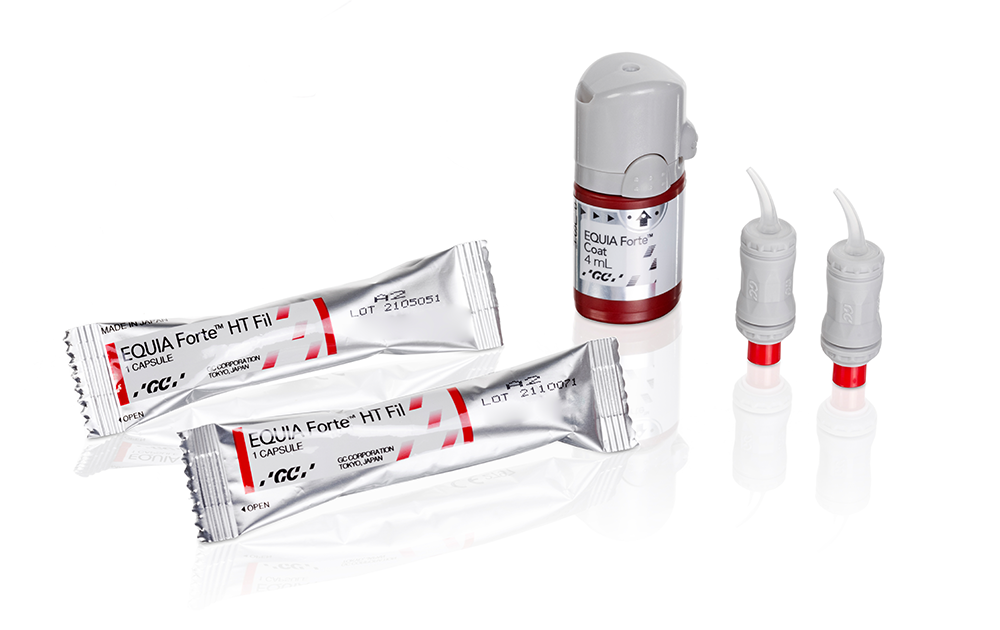
Downloads
An aesthetic and biomimetic approach with a glass hybrid for direct restorations – Ass. Prof. Zeynep Bilge Kütük, Turkey
Cost efficiency study reports
Cost-effectiveness of glass hybrid versus composite in a multi-country randomized trial
Glass hybrid versus composite for non-carious cervical lesions: Survival, restoration quality and costs in randomized controlled trial after 3 years
Long-term cost-effectiveness of glass hybrid versus composite in permanent molars

Testimonials
* Studies
- Gurgan et al. A randomized controlled 10 years follow-up of a glass ionomer restorative material in class I and class II cavities. J Dent. 2020 Mar;94:103175. doi:10.1016/j.jdent.2019.07.013.
EQUIA vs. composite - Gurgan et al. Clinical performance of a glass ionomer restorative system: a 6-year evaluation. Clin Oral Investig. 2017;21(7):2335-2343.
EQUIA vs. composite - Türkün et al. A Prospective Six-Year Clinical Study Evaluating Reinforced Glass Ionomer Cements with Resin Coating on Posterior Teeth: Quo Vadis? Oper Dent. 2016;41(6):587-598.
EQUIA vs. Riva Self Cure - Basso et al. 7 Years, Multicentre, Clinical Evaluation on 154 Permanent Restorations Made With a Glassionomer-based Restorative System. J Dent Res. 2016;95 Spec Issue B: #0446.
- Klinke T. et al. Clinical performance during 48 months of two current glass ionomer restorative systems with coatings: a randomized clinical trial in the field. Trials. 2016;17(1):239. doi: 10.1186/s13063-016-1339-8.
EQUIA vs. glass ionomer with conventional coating - Gurgan et al. 12-month Clinical-performance of a Glass-hybrid-restorative in Non-caries-cervical-lesions of Patients With Bruxism J Dent Res. 2018;97 Spec Issue A: #0235.
EQUIA Forte vs. composite - Shimada et al. Evaluation of Mechanical Properties of New GI-restorative (EQUIA Forte® HT). J Dent Res. 2019; 98 Spec Issue A: #3662.
EQUIA Forte HT - Y. Hokii et al. Fluoride Ion Release/Recharge Behavior of Ion-Releasing Restorative Materials, Dental Materials, Volume 35, Supplement 1, 2019 (Accepted for publication).
- Literature review, presented at IADR 2019 by Prof Soraya Coelho Leal.
- Miletic et al. Clinical Performance of a Glass-Hybrid System Compared with a Resin Composite in the Posterior Region: Results of a 2-year Multicenter Study. J Adhes Dent. 2020;22(3):235-247. doi: 0.3290/j.jad.a44547.
EQUIA Forte vs. Composite - Miletic et al. A five-year multicenter clinical study confirms EQUIA Forte is a suitable material for medium to large Class II restorations.

